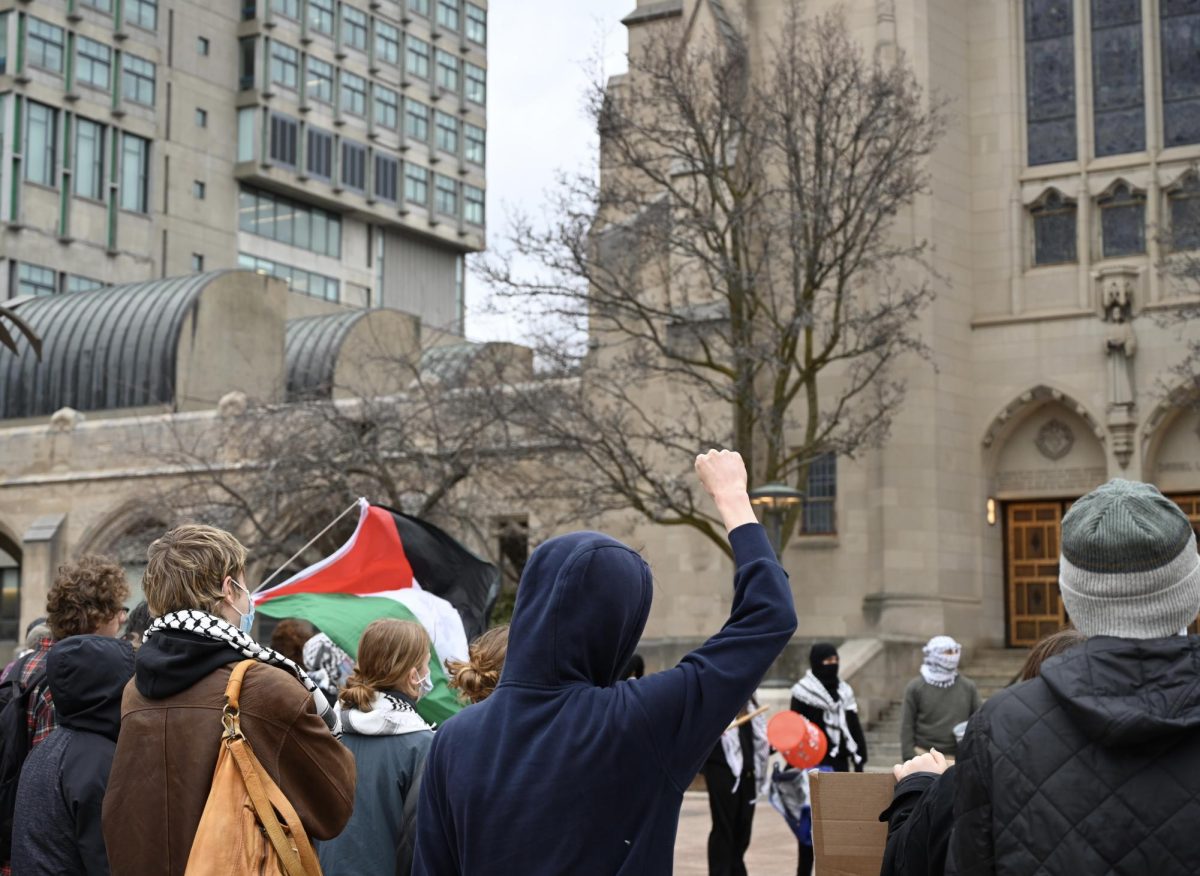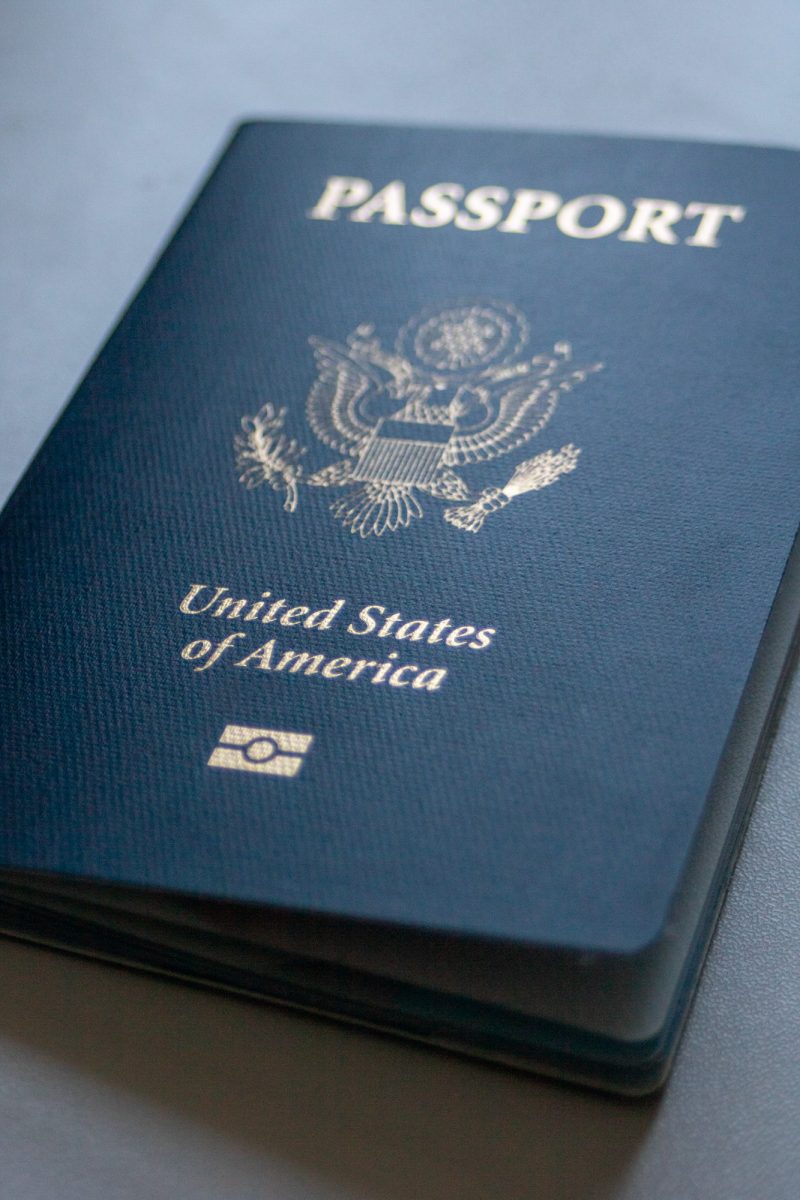
Boston commuters eager to text friends, check emails and update statuses while riding the T may have to rethink those plans, according to new information from the Massachusetts Bay Transportation Authority.
Contrary to the MBTA’s announcement in late 2011 that the Green and Blue Lines would have cell phone service by 2012, the transit system has not yet finalized the change. The wireless carriers, not the MBTA itself, have caused the delay.
The MBTA contracted the wireless infrastructure construction company InSite Wireless, LLC to install an antenna system open to all carriers. The technology is nearly in place – now cell service carriers must provide the reception, said Joe Mullin, vice president of engineering and operations at InSite Wireless, LLC.
AT&T, Verizon and T-Mobile have signed contracts to provide service on the T, Mullin said in an email, and T-Mobile has already begun the process that will allow its customers to use their phones while riding the T.
InSite Wireless, LLC works with carriers to keep them informed of developments in the installation, and “we [at InSite Wireless, LLC] very highly encourage them and try to persuade them to participate in the system as quickly as possible,” Mullin said.
Carriers schedule expansion of service in new areas according to their own needs, he said.
“The carriers set their priorities and budgets for all new deployments each year, so it is ultimately the carrier’s decision,” Mullin said.
Wireless carriers will pay InSite Wireless, LLC to use the infrastructure, he said, and the MBTA in turn will receive a share of the revenue.
“The MBTA will receive approximately $5.2 million for the parts of the system that are already wired,” said MBTA spokeswoman Lydia Rivera in an email. “Revenues will increase as cell service expands and more carriers sign on.”
Although the MBTA stands to make money, Rivera said the MBTA also wants to keep its riders content. The transit system’s push to expand cell service to more than just the Red and Orange Lines will accomplish this, she said.
“If we can provide customers with the capability to talk, text and surf the web in the T’s underground,” Rivera said, “it’s just one more customer service enhancement that puts the customer first.”
Mullin also said riders would benefit from the change.
“If there’s a place for wireless underground, it’s in the subway,” he said. “The average subway rider is underground 10 to 15 minutes and has all that the time to themselves. It’s a great opportunity to . . . be productive.”
Despite what they stand to gain, Mullin said, many people do not know the proper infrastructure is already installed on three quarters of the underground system.
“The carriers just have to turn it on,” he said.
Mullin said that since the customers receive service from the service carrier, the customers need to let the carrier know which of their service needs are not being met.
“If enough customers let their carriers know they need service in the MBTA,” he said, “it’s in the carriers’ interest to respond to the customers’ needs and deploy on the subway to keep them happy.”























































































































how to stop snoring • Feb 5, 2013 at 7:27 am
That is a greаt tip particularly to those fresh to the blogospherе.
Brief but very accurate infο… Thank you for sharing this οne.
A must rеad article!
1 month loan • Feb 5, 2013 at 4:52 am
I do agree with all of the ideas you have introduced
in your post. They’re really convincing and can certainly work. Still, the posts are very quick for novices. May you please lengthen them a bit from subsequent time? Thank you for the post.